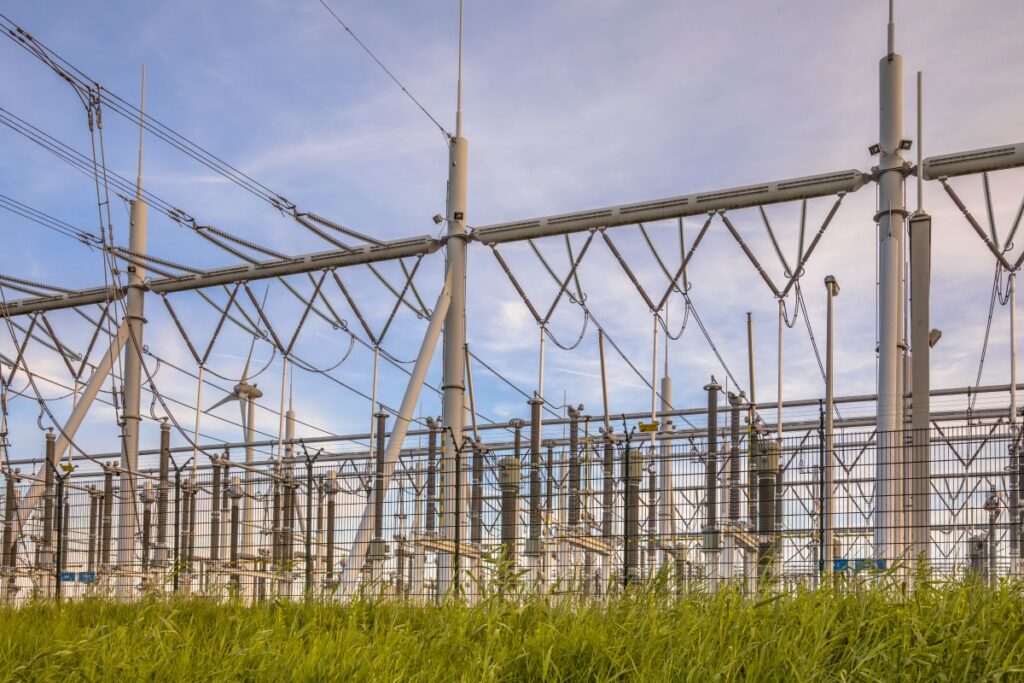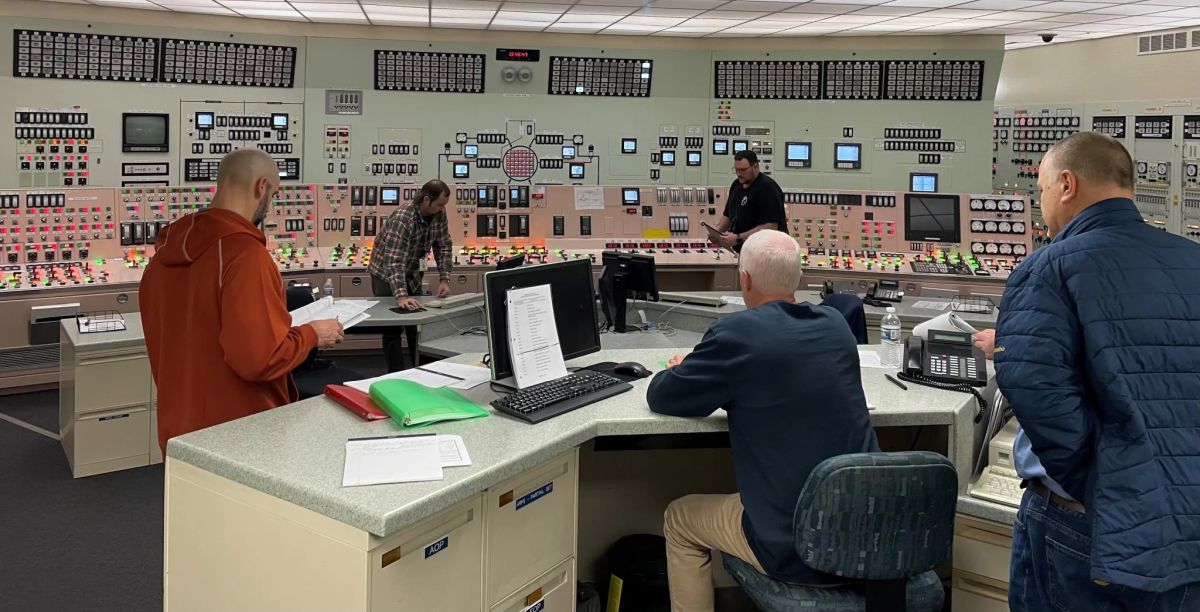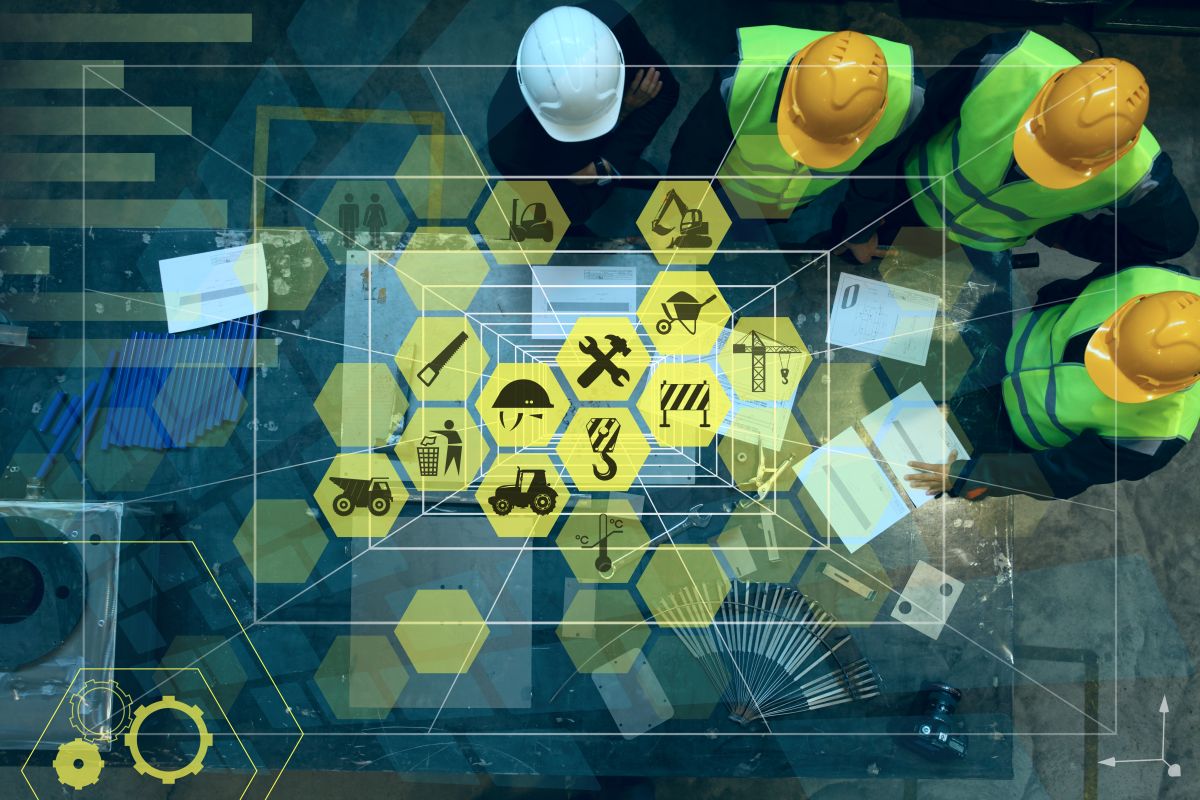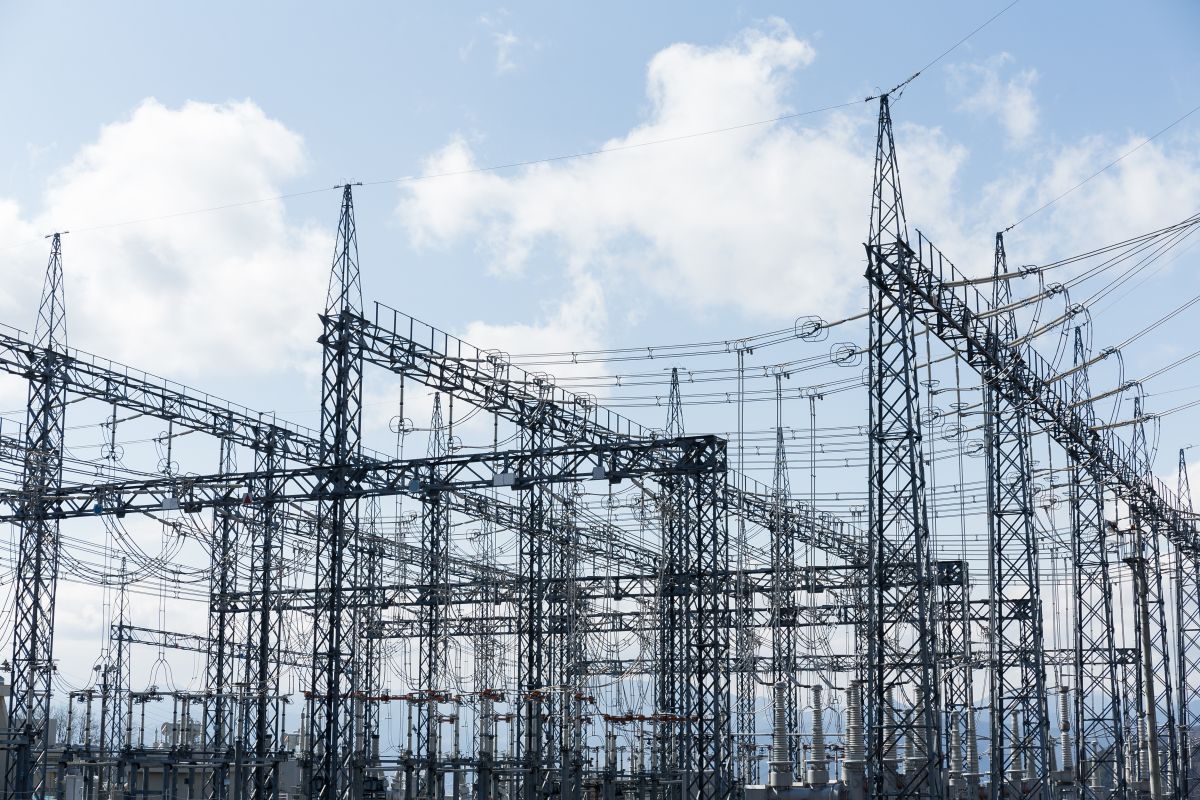The North American Electric Reliability Corporation (NERC) is shaking things up with a major regulatory overhaul targeting Inverter-Based Resources (IBRs), which include solar farms, wind plants, and battery storage systems that plug into the Bulk Power System (BPS). By May 2026, any facility with a nameplate capacity between 20 MVA and 75 MVA will find itself under NERC’s microscope. Why? Because as renewable energy explodes across the grid, NERC can’t afford to let smaller, fast-growing IBRs fly under the radar. The stakes? Grid reliability in an era where electrons aren’t just flowing one way anymore.
Understanding the Scope and Impact of NERC’s Threshold Update
The NERC threshold change aims to include a broader range of IBRs under NERC’s compliance framework, acknowledging their growing impact on grid reliability. This decision is partly in response to incidents like the 2022 Odessa Disturbance, where a fault led to the unexpected loss of approximately 1,711 MW from solar PV facilities. The registered IBRs must follow all NERC standards that are currently in effect and also must meet PRC-028-1, PRC-029-1, and PRC-030-1 standards.
PRC-028-1 addresses disturbance monitoring and reporting requirements, PRC-029-1 sets frequency and voltage ride-through requirements, and PRC-030-1 addresses unexpected IBR event mitigation. Entities must comply with these changes by May 2025. It’s NERC’s way of dragging grid rules into the 21st century, where solar panels and wind turbines are calling more of the shots than old-school power plants ever did.
NERC’s Timeline for IBR Registration

Strategies for Successful Compliance Integration
Proactively navigating NERC’s new compliance threshold involves strategic preparation and execution. Here’s how you can streamline this transition:
- Early Compliance Assessment: Start with a comprehensive gap analysis. Determine exactly how the new regulations impact your current resources and identify which areas require focus. The proactive strategy allows you to identify compliance issues before they occur so you can take corrective action at the right time.
- Documentation and Record-Keeping: The foundation of compliance rests on precise and thorough documentation practices. A centralized compliance management system should track all procedures, maintenance activities, training records, and event logs accurately. Certrec provides compliance management solutions to make it easier to handle complex documentation requirements.
- Staff Training and Awareness: Ensure that your team receives thorough training regarding the new regulations. Compliance workshops and drills should be conducted on a regular basis to maintain operational readiness and NERC standards compliance.
- Collaborate with Compliance Experts: Your compliance journey will benefit from early collaboration with industry experts or compliance specialists. Their expertise will help you increase your overall understanding, provide guidance for practical implementation, and assist in protecting your team from both expensive mistakes and oversight.
By embedding these strategies into your operational framework early, you will reduce compliance-related risks and fortify your infrastructure against potential reliability challenges.
Conclusion
NERC’s updated compliance requirements for IBRs represent a pivotal shift in the energy sector’s regulatory landscape. The integration of renewable energy sources into the grid requires these changes to preserve and boost grid reliability. The proactive implementation of these new standards by utilities, renewable developers, and asset owners enables regulatory compliance and creating a sustainable energy system with enhanced resilience.
Certrec’s robust suite of compliance solutions and expert guidance can simplify this transition, enabling your team to concentrate on delivering sustainable and reliable energy solutions. Don’t wait until regulatory enforcement looms. Act today, ensure compliance, and leverage these new standards to foster growth and resilience in an evolving energy landscape.
Disclaimer: Any opinions expressed in this blog do not necessarily reflect the opinions of Certrec. This content is meant for informational purposes only.












